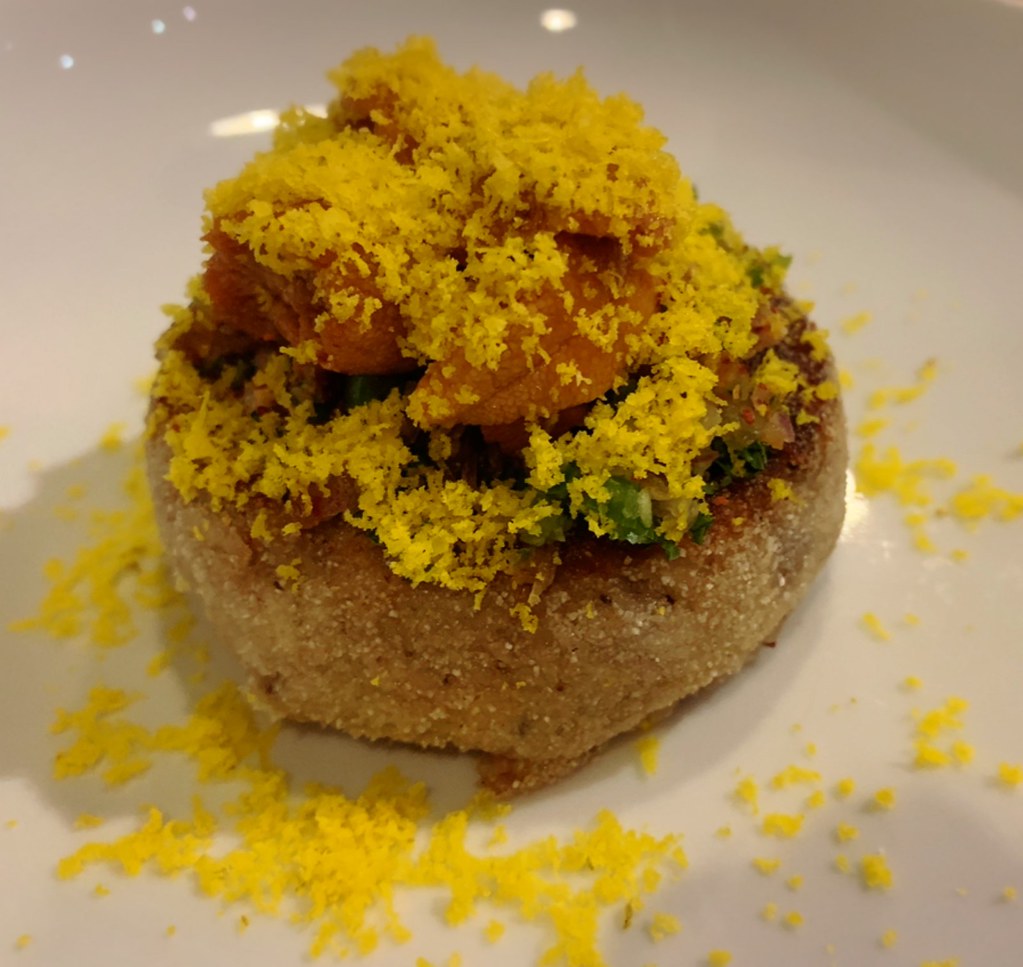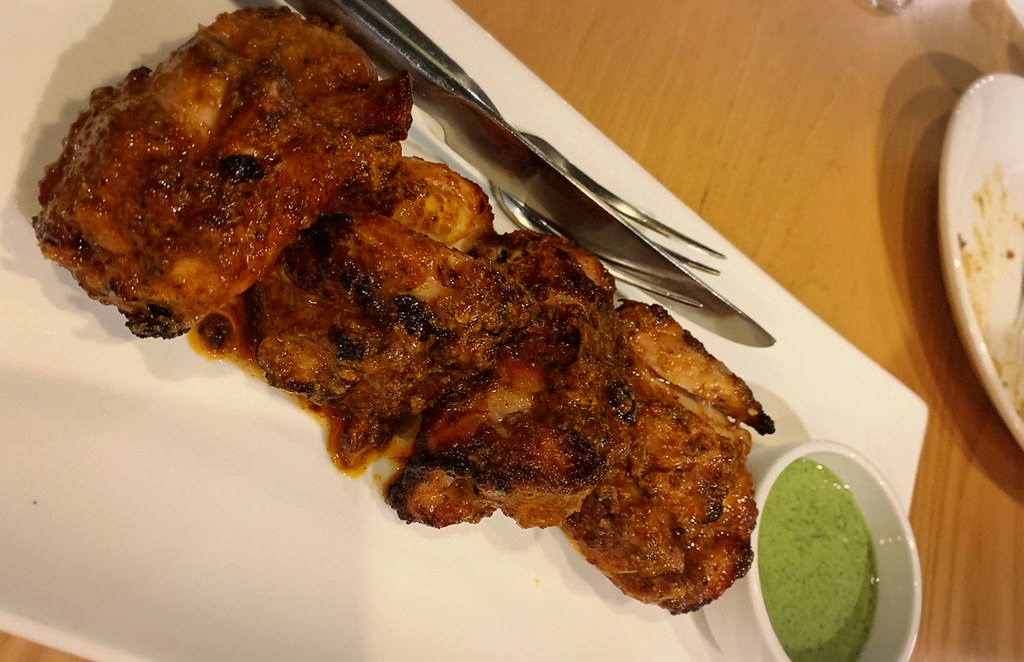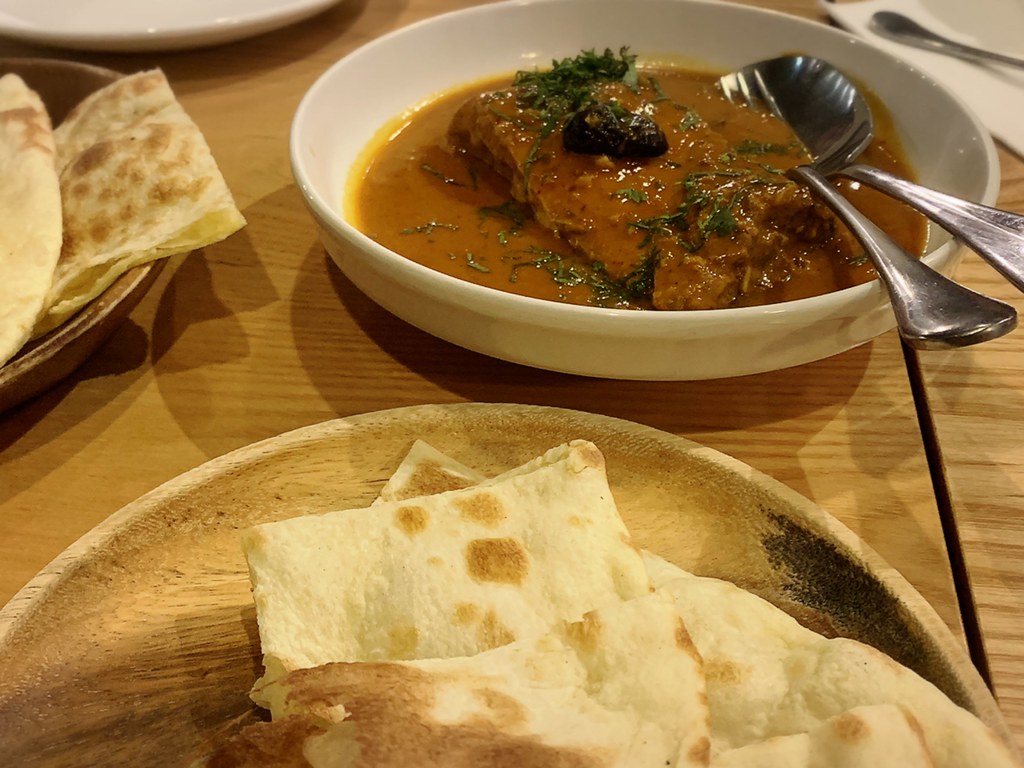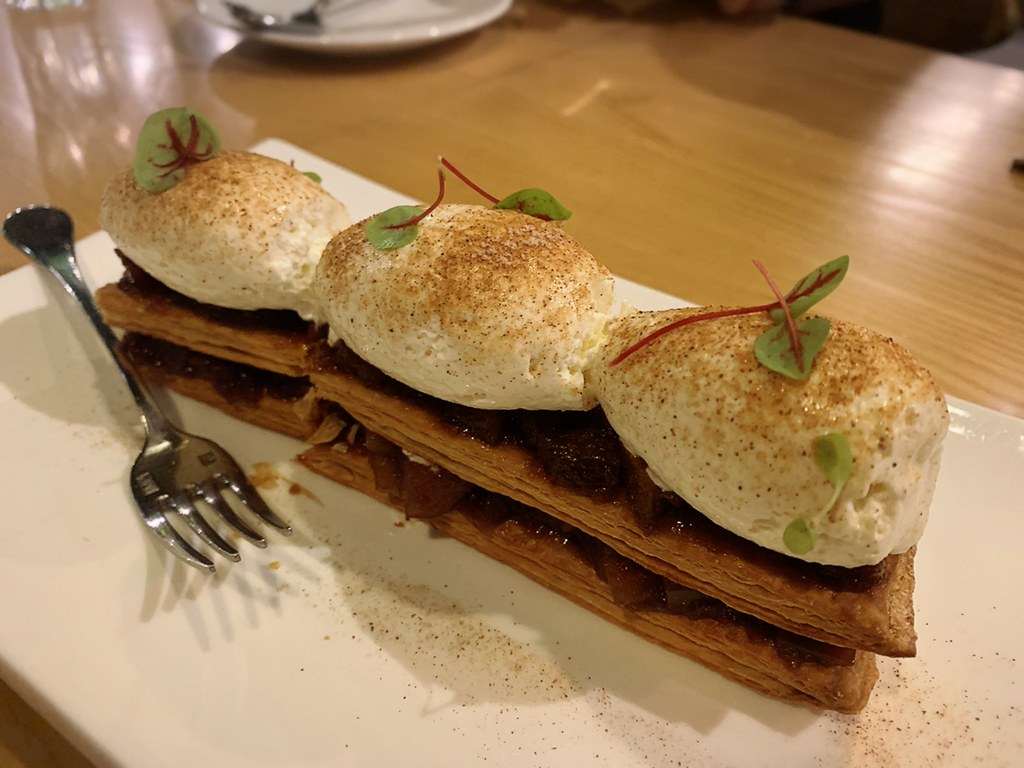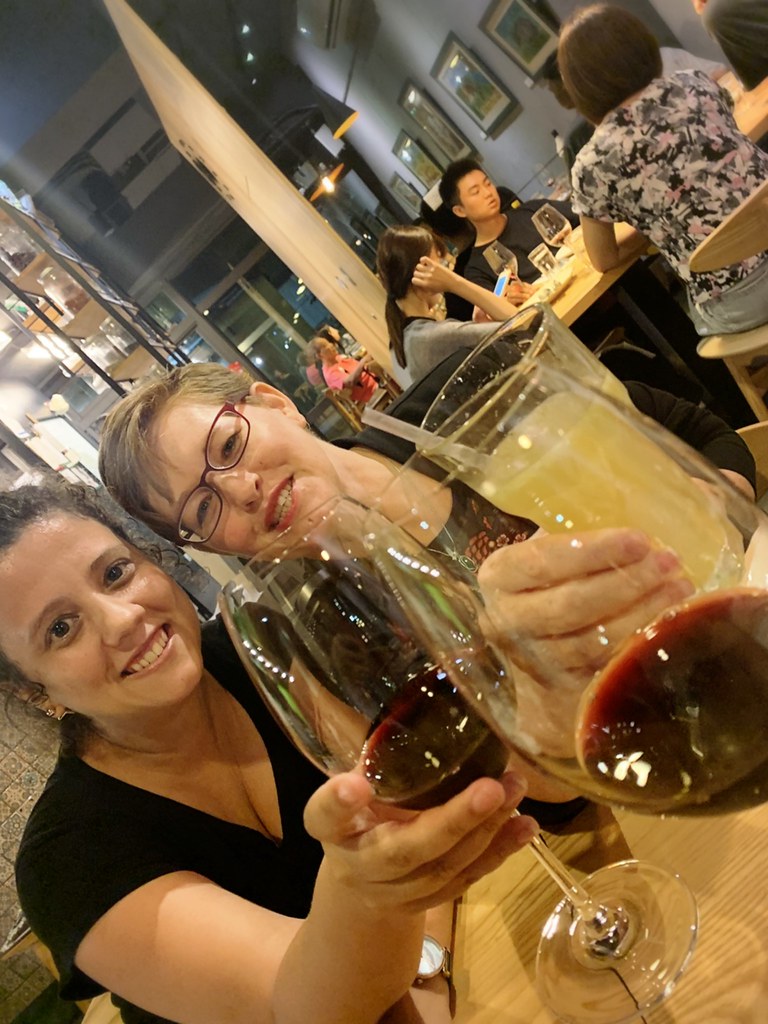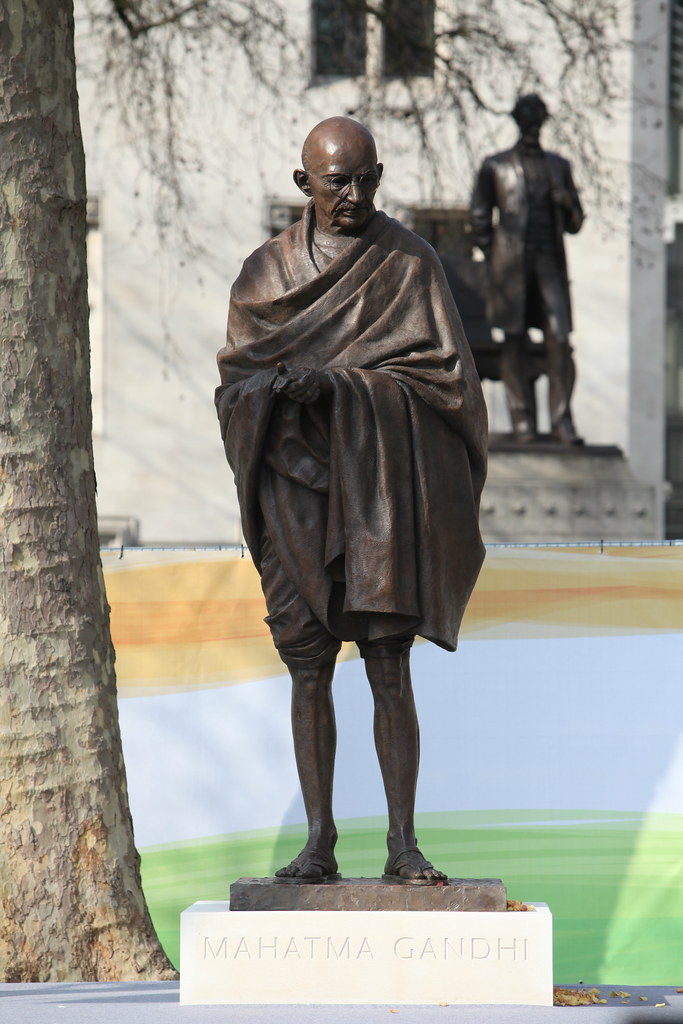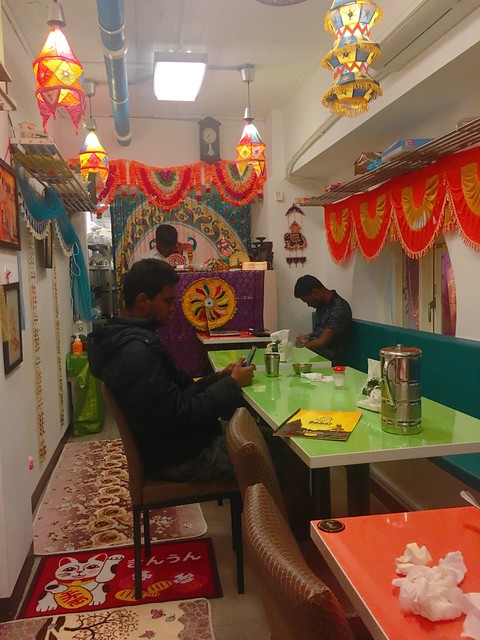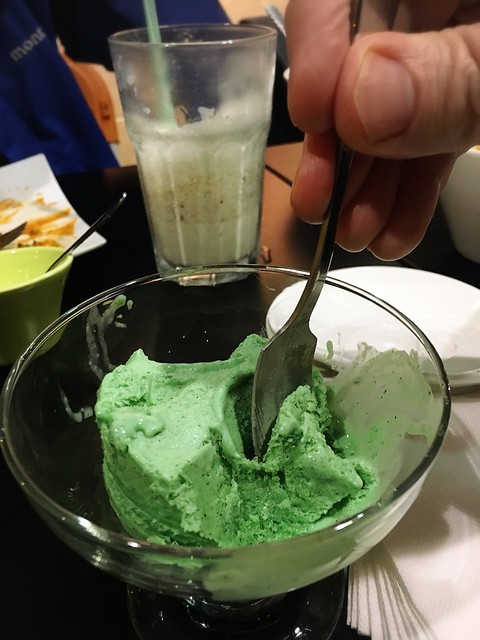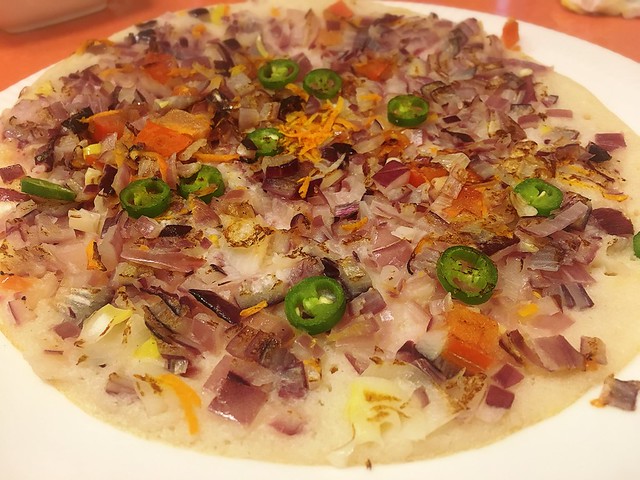
Photo of colorful yarn from here
"I should let you know," I said recently on the first day of a new class, "that I'll be leaving for a few months in August. I'll come back around mid-October."
"Really?" my new students exclaimed. "Why...how did you get such a long vacation and where are you going?"
"One of the advantages of my job is that I can take all the leave I want, as long as I let the company know well in advance. I don't get paid for it, but that's OK. I'd rather get more unpaid leave than less paid leave. As for why and where, I'm going to Turkey for two months and then home to visit my parents and in-laws."
"Why Turkey?" came the obvious question.
"Because my mother's family is Armenian from Turkey," I said, writing out Armenian (亞美尼亞人) in Chinese on the board as I said it - nobody in Taiwan knows it automatically in English. "Many Armenians used to live there, but in 1915 the Turks started to kill them and force them out, and many died and others ran away. My family came to America. So you could say that southern Turkey is my ancestral home," I replied as I wrote "ancestral home" on the board and invited students to guess what it meant.
"Is it like 老家?" one student surmised.
"Yes, exactly. I'm returning to my lao jia for a visit."
There was a pause.
"Man, I sound Chinese," I said as they laughed.
Since then, two thoughtful blog posts I've read recently -
Home is the Lint in My Pocket from
Offbeat Home and
Home and Books by
Kathmeista have gotten me thinking about home. (Both are definitely worth your reading time). Home as a person who has a
lao jia - most Americans do, but few ever think to visit it, and many have no idea where it might be - home as a person currently dealing with a family illness (fortunately all signs point to it being something we'll get through with a happy ending), and home as both a traveler and expat.
A lot of people write about where they fit in (or how they fit in to a new community), where they're from or how they define "home". I see it a little differently - I feel as though I have many homes, with different connections to all of them. Instead of viewing these connections as a web, I view them as different skeins of yarn with varying thicknesses, textures and colors. I'm connected to all of them, just in different ways and with different feelings attached to each. I'm closer to some than to others, but no matter how pale or thin the thread, there's still some slender attachment.
As many Americans do, I technically have more than one lao jia - I can count Armenia via Turkey, Poland, Switzerland and the UK/Ireland among them, as well as a trickle of Iroquois blood. The reason I tend to be the most attached to my Armenian heritage is not out of any feeling of superiority: simply that it's the one with the closest generational association. My grandfather still speaks Armenian, after a fashion. I have no other living relatives whose native language is Polish, or Swiss, or Iroquois or Gaelic (although on one side, many speak some Polish as a result of growing up in a community of Polish immigrants). We still set out hummus, babaghanoush, lahmajoun, tabbouleh, shish kebab, pilaf, bowls of olives, string cheese and cheorog at family functions. While kielbasa, pierogies and galumpkies have made an appearance on the other side, it's far more rare.
That said, I'm also proud to be Polish (kielbasa! yay! If I ever do go vegetarian, kielbasa along with lamb kebab and lahmajoun may be the last painful threads to cut) and do fully intend to visit Poland one day, in the not-too-distant future.
I've never been to Armenia, Mousa Dagh (where my Armenian ancestors are really from), Poland or Switzerland, but I feel connected to these ancestral homes with slender but vibrantly-colored thread, a connection that seems tenuous but, like a dark dye, has seeped into me in ways that I'm still discovering. The yarn seems thin, but the importance of the tie presents in its brilliant hues. I'm sure that when we do make the journey to Mousa Dagh later this year - this year! We already have tickets to Istanbul! - that I'll discover even more ways in which I'm tied to this place I'd never laid eyes on before.
I've found that many Taiwanese and Chinese people feel similarly: they may have never been to their ancestral home, but making a trip there, if done, is not something to be done lightly. Their family may have lived in Taiwan or a province of China that they're not originally from for hundreds of years and even tens of generations, but they can still tell you, if not the village of their origin, then the region or province. Even Taiwanese who in every other respect do not think themselves Chinese are often able to say "Well, I'm Taiwanese and this is my country, but my great-great-great-great-great-great grandparents came from Quanzhou (in Fujian)."
I have two hometowns - Saugerties, NY and Highland, NY. My thin, white connection to Saugerties is really just in childhood memories: picking all of mom's tiger lilies to make a bouquet. Roller skating in the kitchen. Playing with my friend Peter up the street. Picking some sort of azalea and finding an earwig inside. Listening to Richard Marx (hey, it was the '80s) with friends from school. Winning a school award for art. The time my sister found the little cup of hydrogen peroxide that Mom was soaking earrings in, and drank it (they called poison control. She was fine). The time I filled the house with smoke trying to bake Jiffy Mix cornbread without permission. Mom's screaming and Dad's snapping to action when the cat brought home a still-living black snake.
A slightly stronger, but murkier, connection to Highland: my family still lives there in a lovely old farmhouse with all sorts of annoying quirks. I go home once a year or so to spend a week with them, and I enjoy several aspects of that time: crickets in the evening instead of traffic and neighbors shuffling about. Cooler, less humid weather. Waking up to American morning shows (totally vapid, but I have this thing where I like to watch them when I'm home). Trees and grass right outside.
My parents' beautiful rural backyard at our day-after-wedding brunch.
When I was going through adolescence, though, I can't say I held any warm feelings for the town. I didn't share the town's community values (conservative) or outlook (not inclined to celebrate learning, focused more on sports). School was very much a "why do kids needs all these 'arts' and 'multicultural studies'? When I was young we learned the three R's and if that was good enough for me then it's good enough for my kid!" I had friends, but we were more of a little group apart from others than among them: I just wasn't interested in the things that interested the town. You should have been there to see the shining of my eyes the day I was set to leave for college. I would miss my family but not the town. Highland taught me a lot about who I was by showing me what I didn't want to be, and while I visit home, I really restrict it to visiting my parents and the much cooler town of New Paltz down the road - I don't bother much with Highland. You can say I've never really looked back. I do like some small towns - New Paltz is great, and I find Bangor, ME to be really charming - just not Highland.
In contrast to the itchy woolen yarn in forgettable colors that connects me to Highland, I'm tied in several ways to my home during college - Washington DC and its surrounding area. I didn't like everything about GWU, but I did get a good education there, not to mention the chance to study abroad, live on my own and be exposed to an urban awakening that has kept me a happy monkey in concrete jungles ever since. Could I have gotten a similar education for less than GWU's exorbitant price tag (though I was on a Presidential scholarship so I paid a lot less than many students there)? Yeah, but I met Brendan at GWU which is why I affectionately call him my "very expensive sweetheart"! Gee-dub wasn't perfect by any stretch, but it was cool and urban and without it I wouldn't have such a fantastic husband.
After a year in China, I returned and lived in nearby and just-as-urban Arlington, VA. For most of that time I rented a townhouse with others on Columbia Pike, and the safe-yet-multicultural, not-yet-gentrified, slightly gritty feel of the neighborhood weaseled its way into my heart with its downmarket charm, Ethiopian and Salvadorean restaurants, independent coffee shops and second run theater that serves alcohol. I made a lot of friends in that time and while I didn't care for my job in those years, I do look back on my social life in Arlington with a warm heart.
More distinctive threads connect me to India and China. In her story "The Long Conversation", Deryn P. Verity says, "...but the cliche is true: your first foreign country speaks to you as no subsequent one can. Although you may come to prefer life in other places, first patterns persist, providing insistent, if faded, touchstones for everything to come."
India was like that for me - I can't say whether I do or don't prefer life in other places, because my experience in India was so life-changingly different that "preference" doesn't really come into it. Simply put, India is the touchstone by which I measure everything that has come after. It's not a matter of preference. It's a matter of what is. I got my first taste of children on dusty side streets shouting questions at me just for being foreign: Sister, Sister! Are you liking our idli-dosa? I lived a vegetarian life in which I was woken up by chickens cawing and put to bed by goats bleating. I cooled off on the hottest days by sitting on the floor. I learned to use a squat toilet and got my first taste of true bargaining in a riotous market. You may think you bargain in flea markets in the states - you don't. I learned to enjoy Saturday nights that consisted of watching TV with Amma and Shiva and going to bed at 10, before the current would go out. Do I "prefer" life in Taiwan? I can't honestly say. India was a home to me when I was so desperate to see something of the world, a home to me in that I lived in a family home and, for all intents and purposes, had a family there.

A taste of a different kind of urban life in Madurai, India
China was not as much of a life-changing experience. If India is the touchstone for all future experiences abroad, China is anti-matter. Brown and gray, the frayed threads that connect me to China bring back memories of a Miao wedding in the hills, the best Sichuanese food of my life (although
Tianfu in Dingxi comes close), friendly locals, fiery haw-berry brandy, seeing a giant roach while playing canasta with my roommate, watching horrendous state-sponsored TV, and memorable trips to Xinjiang and Xi'an. Drinking beer by the paved-over riverside and hiking in Phoenix Park and taking the bus to Guiyang just to eat pizza and have tea in the pagoda on the river. It reminds me of walking up the hill behind the department store, through the market and to Fragrant Mountain Temple, one of the few truly preserved temples in the country (covering over a temple in bathroom tile and calling it 'restored'
does not count), and studying Chinese in the Guanyin shrine while drinking tea with Old Zhang.

Old Zhang at Fragrant Mountain Temple - Zunyi, China
But it also brings back memories of twice-contracted pneumonia, gray chicken feet in viscous soup, picking up my gloves warming on the charcoal heater only to find that they'd melted (I thought they were made of wool!), towels that moved water around but didn't absorb it, being put in a SARS quarantine and not being able to access news easily: I didn't learn that the USS Cole was bombed until I left the country months later. It reminds me of smoggy skies (if India is a touchstone, China is murky quartz) and box-shaped concrete behemoths lurking in the distance. It reminds me of buying jewel boxes topped with shards of priceless porcelain smashed during the Cultural Revolution. It reminds me of people who would overcharge me even after vigorous bargaining and of a blatant disregard for women's rights or respect for women's equality - more so than India. It reminds me of a scarred and saddened country with the worst air and water quality I've ever experienced - a country that I hope, for the sake of its 1.6 billion people, will throw off its sad 20th century inheritance and usher in a new government.
I can't say I loved China, or even particularly liked it, but I do have a lot of stories to tell (like the time I pooped on a pig, or the time I puked on a bus driver, or saw a Muslim cemetery upturned with a new housing development about to be plopped on top) and I can't say it didn't impact me. Was it "home"? Not by a long shot, but it was a kinda-sorta home for the time I was there and for the memories it brought me.
Which brings me to Taiwan. I've stayed here for nearly five years, and so, really, Taiwan is now my home. It will still be my home if we choose to leave, and I can't imagine leaving with no plans to return. I said the same thing about India, and I've been back four times, so I don't take those proclamations lightly. Taxi drivers who have an opinion on everything and ask me questions that would be rude by Western standards, the kids in my neighborhood who practice violin or piano (some are pretty good, others should honestly quit and find something they're more talented at), the pedestrian-unfriendly larger streets with their unrelenting scooter swervings and exhaust fumes and the quieter lanes where a sense of peace rises from the asphalt as I ride my bike through. The great seafood and etiquette-free but friendly demeanor of the people. Four and a half years of friends and experiences. The breathtaking views from the road up Hehuan Mountain and the slower pace of Pingdong life.
Taiwan is my home, in a way that no place has been since India and Washington, DC, and considering the portion of my adult life spent here, now approaching critical "I feel more at home when I get off the plane in Taoyuan than I do when I get off the plane in New York" mass, I feel like there's more than one thread connecting me. A blue-green thread of friends, a bright red thread of daily life and colorful festivals, a heathered thread of friendliness mixed with occasionally rude behavior (OK, not rude, just not polite by Western standards) and a pink fried pork colored thread of food. There are all sorts of tiny but unbreakable bits of fishing line hooking into me from living for years in Jingmei and watching the old folks who sit outside gossiping get older, the kids pushed around by grandmas, housewives or Indonesian nannies get older, stores opening and closing, being on a first-name basis with the 7-11 clerks, and being used to speaking Chinese outside home and work. If I ever moved back to an English-speaking country I swear I'd get jolted back to reality the first time I were to get in a taxi and try to give directions in Mandarin!
I do wish I could say "yes, this is my home". In her post, Kath talked about how Cornwall, New Zealand and Taiwan were all homes to her. In her "lint in my pocket" piece, the writer's home was clearly Guildford, England. My friend Emily talks of England and Australia as her twin homes (although after her latest stint in England she may be more inclined towards Australia).
I feel like I have multiple homes: Mousa Dagh; Poland; Saugerties; Highland; Washington, DC; Arlington, VA; Madurai, India; Zunyi, China; Taipei, Taiwan. I can't name a single one as my true home, and I can't say exactly how to prioritize one over the other. It's like they're all a giant knobby scarf, and I'm woven right in there. Or that they're all ropes for hanging trapezes as well as the colorful net below and I am the acrobat, swinging around to newer places and yet knowing that I am supported and in part defined by the places I've been.
They're all home, and where many people feel the need to be grounded, to have a place of origin or somewhere to come from and go back to, I feel better hurtling through mid-air, far from grounded, knowing that my multiple homes are swinging above me and knitted below me, and that with the experiences and knowledge they've provided I can safely swing to ever newer destinations.


